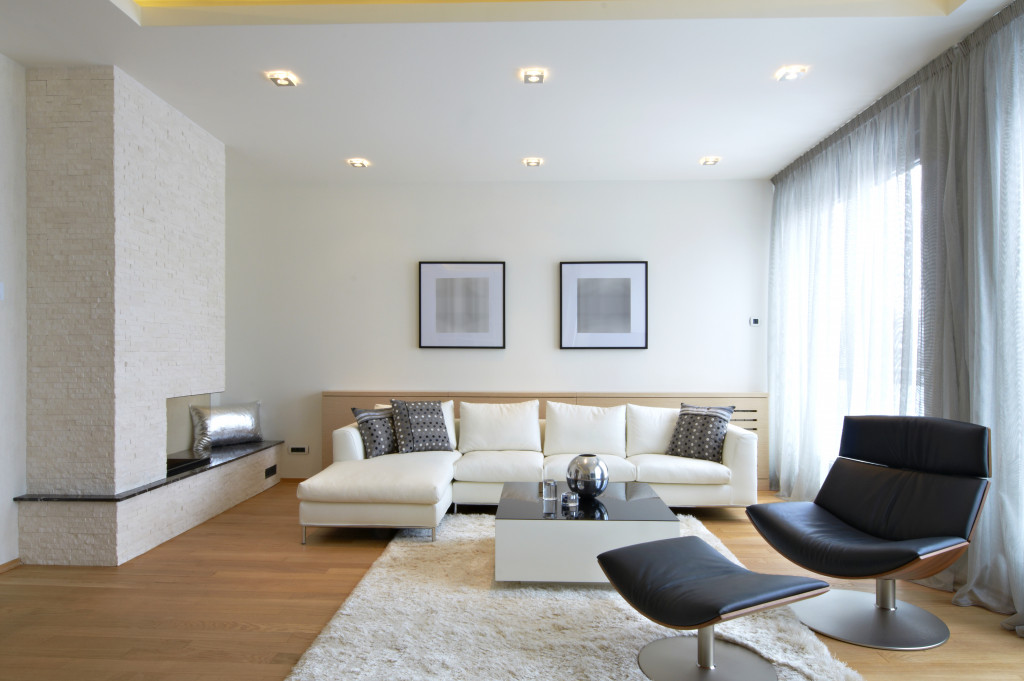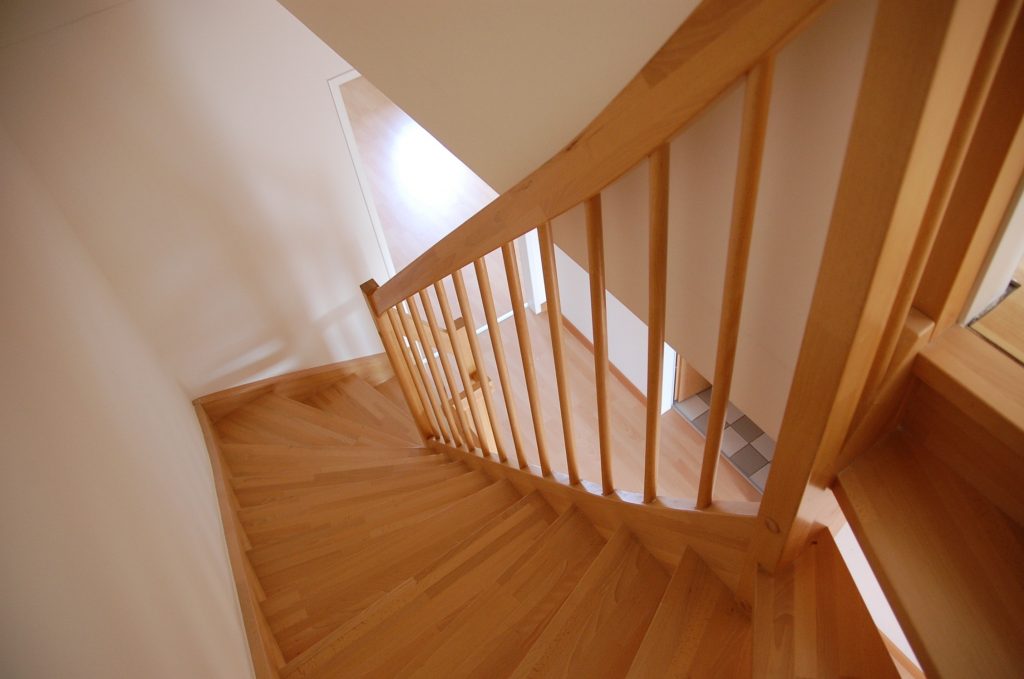Sustainability is vital for many reasons, but it’s crucial to consider when it comes to your home. Your home is where you and your family live, eat, sleep, and spend most of your time. It’s also likely one of your most significant investments. That’s why it’s important to consider sustainable interior design for your home.
- Benefits of Sustainable Interior Design
- Sustainable Interior Design Ideas
- 1. Use sustainable building materials.
- 2. Use recycled or repurposed materials.
- 3. Incorporate natural elements.
- 4. Consider cement flooring.
- 5. Choose low-VOC paints and stains.
- 6. Use energy-efficient appliances.
- 7. Select sustainable furniture.
- 8. Bring in some houseplants.
- 9. Build a sunroom and grow an indoor vegetable and herb garden.
- 10. Install a green wall.
- 11. Use LED lighting.
- 12. Select low-flow water fixtures.
- 13. Insulate your home.
- 14. Install double- or triple-glazed windows.
- 15. Use draperies or curtains.
- Sustainable Design Can Be Beautiful
Benefits of Sustainable Interior Design
There are many benefits to sustainable interior design. First, it’s better for the environment. Sustainable design practices help reduce the impact of your home on the environment. They also help conserve resources like water and energy.
Second, sustainable interior design is often healthier for you and your family. Materials used in sustainable design are natural and free of harmful chemicals. That can create a healthier indoor air quality and help reduce the risk of health problems like allergies and asthma.
Third, sustainable design can save you money in the long run. Energy-efficient appliances and green building materials often cost more upfront but save you money on your utility bills over time.
Sustainable Interior Design Ideas
If you’re interested in sustainable interior design for your home, here are some ideas to get you started.
1. Use sustainable building materials.
When renovating or building a new home, consider using sustainable building materials like bamboo, cork, and straw bales. These materials are environmentally friendly and often healthier for you and your family.
2. Use recycled or repurposed materials.
Recycled materials are those that have been used before and would otherwise end up in a landfill. You can use recycled materials in various ways in your home, from using recycled glass for counter tops to using recycled metal for shelving.
Repurposed materials are those that have been used for another purpose and then repurposed for use in your home. For example, you might use an old dresser as a bathroom vanity or an old door as a headboard.
3. Incorporate natural elements.
You can bring the outdoors in by incorporating natural elements into your home’s design. You can do this in several ways, such as using stone floors, bamboo furniture, or wool rugs.
4. Consider cement flooring.
Concrete floors with epoxy sealers that have low volatile organic compounds (VOC) are safe for your family and the environment. They are beautiful and durable, and they’re an excellent option for sustainable interior design.
5. Choose low-VOC paints and stains.
Low-VOC paints and stains emit fewer harmful chemicals into the air, making them safer for you and your family. They’re also better for the environment. Use them on your walls and furniture.
6. Use energy-efficient appliances.
Energy-efficient appliances use less energy than traditional appliances. That not only conserves resources but can also save you money on your energy bills.
7. Select sustainable furniture.
When choosing furniture for your home, look for pieces made from sustainable materials like bamboo, wool, or organic cotton. Avoid materials like leather or fur that come from animals.

8. Bring in some houseplants.
Houseplants not only look great, but they also help purify the air. Choose plants that are easy to care for and place them throughout your home.
9. Build a sunroom and grow an indoor vegetable and herb garden.
Indoor gardens bring the outdoors in and improve indoor air quality. By growing vegetables and herbs, you not only make your sunroom look good but you also provide fresh food for your family.
10. Install a green wall.
A green wall is a vertical garden that you can use to decorate the exterior or interior of your home. Green walls are easy to care for and help improve indoor air quality.
11. Use LED lighting.
LED lights are more energy-efficient than traditional incandescent bulbs and last longer too. They’re a great way to save energy and money. They come in various styles to suit your interior design scheme.
12. Select low-flow water fixtures.
Low-flow plumbing fixtures for your kitchen and bathrooms use less water than traditional fixtures, helping you conserve this valuable resource. Look for low-flow faucets, shower heads, and toilets.
13. Insulate your home.
While this is not something visible in your interior design, insulating your home is crucial because it helps keep it warm in the winter and cool in the summer, saving you money on your energy bills. It also reduces your carbon footprint. Before you do any interior design improvements, ensure that your home has adequate insulation.
14. Install double- or triple-glazed windows.
Double- or triple-glazed windows have two or three panes of glass with a space between them. That prevents heat from escaping in the winter and keeps your home cooler in the summer. Not only does this improve your home’s energy efficiency, but it also reduces noise pollution.
15. Use draperies or curtains.
In addition to being a stylish interior design element, draperies and curtains help keep heat in during the winter and out during the summer. Choose heavyweight fabrics for maximum insulation.
Sustainable Design Can Be Beautiful
Interior design that is both beautiful and sustainable is possible. You just need to be creative and use some tips provided here. With a bit of ingenuity, you can create an interior design scheme that reflects your personality while being healthy for your family and good for the environment.




